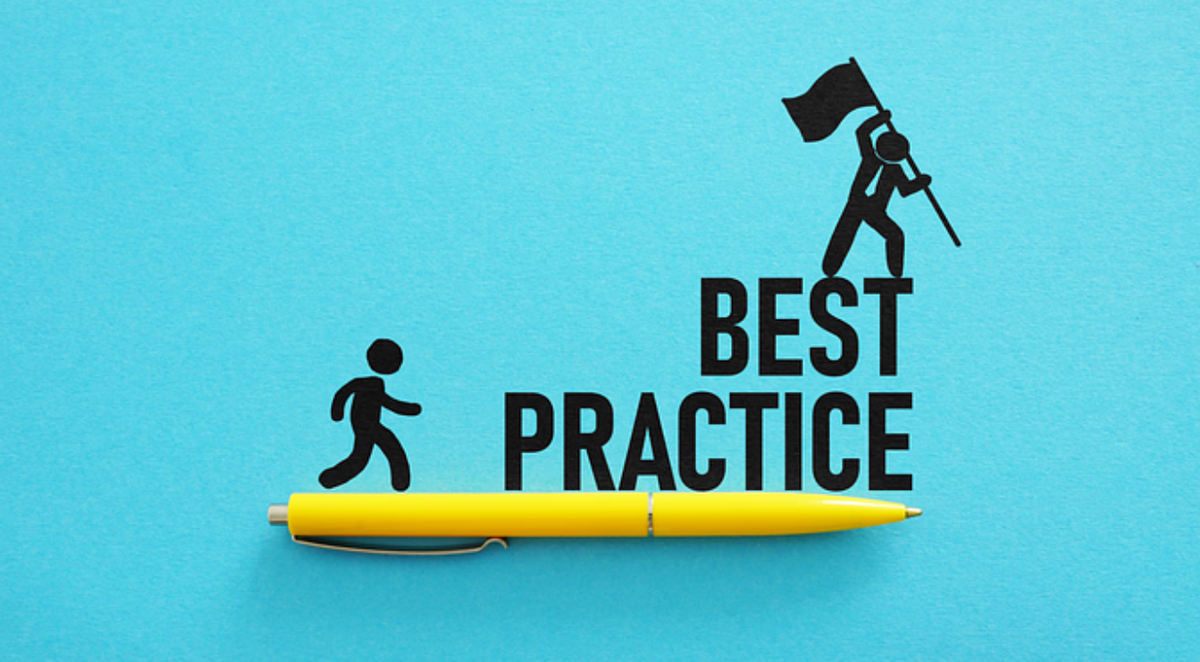A well-managed enterprise asset management (EAM) system can be a powerful ally, catapulting your business toward new heights of efficiency, reliability and profitability. Getting EAM right isn’t just a nice-to-have anymore — it’s a crucial, competitive advantage.
But how does an organization get EAM right? It happens through a well-orchestrated strategy, integrating the right blend of technology, forward thinking, standardized operations, asset tracking, and cross-departmental synergy.
1. Choosing the right tech stack
Enterprise-level organizations can’t be efficient while still relying on massive amounts of paperwork or custom spreadsheets. Digitalization breeds efficiency. However, not all organizations need the latest and greatest technology.
Choosing the right tech stack begins with assessing the existing technology infrastructure and identifying the gaps to fill. Consider integrating EAM software that will serve as the backbone for asset management. Complement this with IoT devices that enable real-time tracking and data collection, artificial intelligence (AI) and machine learning (ML) tools for predictive and prescriptive maintenance, and mobile devices for field service management. Choose only what you need and gradually adopt new technologies.
When selecting a tech stack, asset and reliability managers should prioritize:
- Ease of integration: Ensure that new technologies seamlessly integrate with existing systems and create a unified and cohesive platform.
- Scalability: Look for solutions that can grow with your business while adapting to increasing asset numbers and data flows without compromising performance.
- User-friendliness: Choose systems that are intuitive to reduce the learning curve and foster quicker adoption among team members.
- Robust features: Focus on a depth and breadth of features that allow for comprehensive asset management, encompassing all facets, from tracking to maintenance, in accordance with what your organization needs.
- Vendor support: Engage with vendors that offer robust implementation support and provide continuous assistance in optimizing system use.
You’re bound to face some resistance from team members, along with data migration glitches and workflow inconsistencies. You can mitigate these challenges by fostering an open and supportive organizational culture, providing thorough training, and seeking expert assistance for smooth data transitions and integrations.
2. Being proactive beyond your approach to maintenance
Every manufacturer knows the benefits of proactive maintenance management. But a proactive strategy shouldn't stop at maintenance. It should influence how you manage asset upgrades and replacements, address safety concerns, and deal with maintenance workforce challenges.
Anticipating future needs and employing data analytics enable organizations to find substantial cost-saving opportunities and eliminate gross workflow inefficiencies.
Implementing a proactive approach to handling all asset-related tasks requires an organizational mindset shift. It also calls for systematic integration of technologies, like connected worker platforms that keep all your teams on the same page and provide the insights you need to make well-informed strategic decisions.
3. Standardizing EAM procedures and workflows
The only way to optimize operational efficiency at a large scale is by creating standardized procedures and workflows. Maintenance and reliability managers should consider developing uniform processes that outline how to perform select daily tasks, starting with those that cause the most operational and safety issues.
EAM software can play a central role in facilitating this standardization. For instance, you can use EAM to establish standard operating procedures (SOPs) and checklists for performing specific routine tasks, which help in maintaining the quality of the performed work regardless of the technician’s experience.
To successfully integrate standardized procedures and workflows, begin by conducting a comprehensive analysis of the existing processes and identify areas that would benefit from standardization. Then, develop clear guidelines and training modules to facilitate a smooth transition and make sure people are following the new guidelines.
4. Ensuring a robust and up-to-date asset and spare parts inventory
Maintaining a robust and up-to-date inventory of assets and spare parts is central to optimizing operational efficiency and cost-effectiveness. It’s impossible to keep assets in good operating condition if technicians don’t have access to the right parts, materials, or tools when they need them the most.
Using a computerized maintenance management system (CMMS) or EAM software with an inventory module or employing dedicated inventory management software is the only way to set up real-time asset and inventory tracking and management. These systems help maintain an accurate record of assets, tools, spare parts, and consumable maintenance, repair, and operations (MRO) materials. Real-time “low stock” updates and the ability to forecast demand to avoid understocking and overstocking can be a game changer.
While technology can automate a large part of asset and inventory management, the organization should still perform yearly asset and inventory audits to catch lost, stolen, or obsolete parts and assets and ensure their digital records reflect current inventory.
5. Improving communication between roles and departments
The maintenance department can’t function in isolation. The efficient exchange of information between roles and departments forms the bedrock of successful enterprise asset management. It facilitates better coordination between plant floor workers and managers, and it keeps maintenance, operations and finance departments in sync.
CMMS, EAM software, connected and smart manufacturing platforms — or even simple communication apps that allow for instant messaging — can connect different roles and departments and send timely notifications, helping them deal with pressing issues in real time.
Additionally, regular interdepartmental meetings are a great way to deal with small, recurring issues and address concerns that should be dealt with in person. The cumulative benefits of consistently addressing minor issues should not be underestimated.
Future-proofing your organization
By adopting these best practices, maintenance and reliability managers can foster a dynamic and resilient EAM ecosystem, enhancing operational efficiency and driving business success.
As you navigate through an era where efficiency is synonymous with competitiveness, embedding these principles into your EAM strategy is essential in carving out a sustainable and profitable future for your organization.





